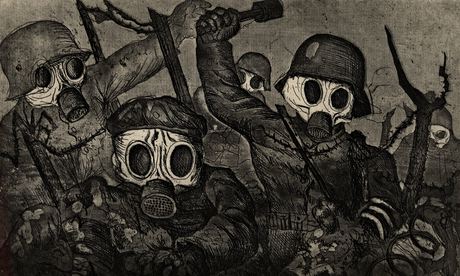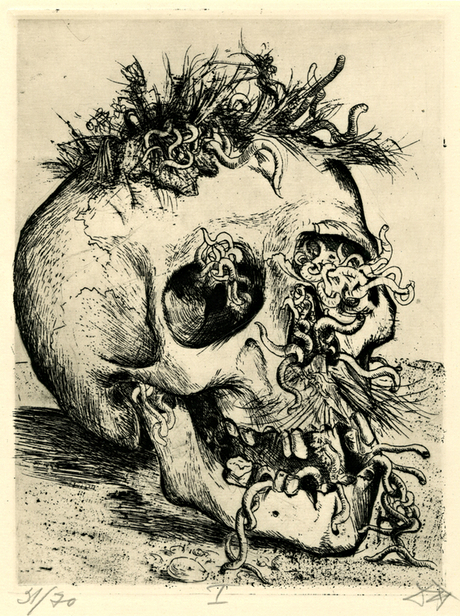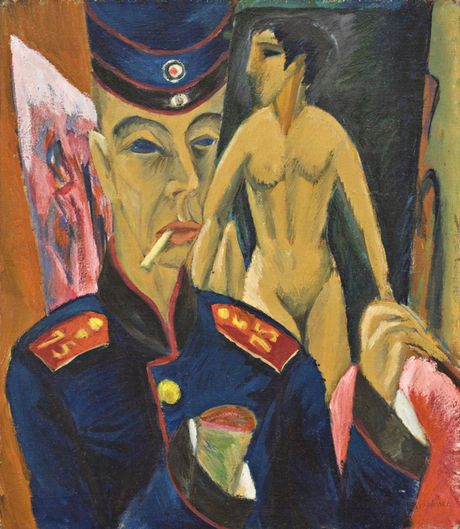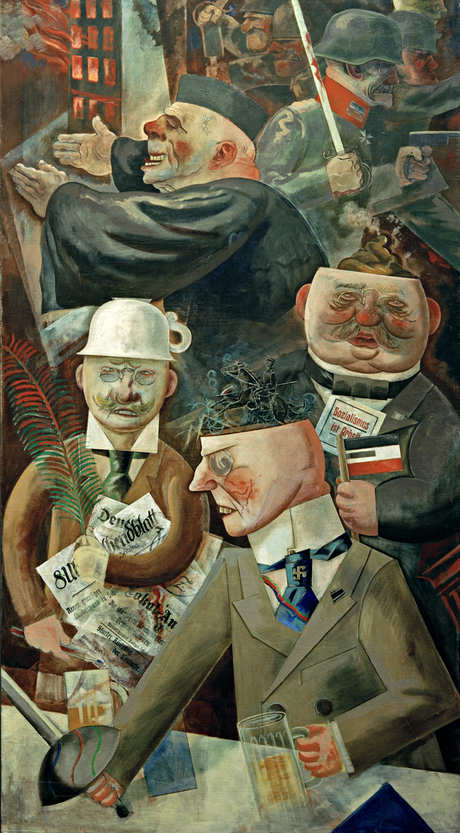Fortune Magazine 2016.7.29
Kansas City residents prize their public schools perks even as the state budget flounders.
Kansas City residents prize their public schools perks even as the state budget flounders.
https://en.wikipedia.org/wiki/Nelson-Atkins_Museum_of_Art#Kansas_City_Sculpture_Park
The Nelson-Atkins Museum of Art
Four seasons have come and gone! That means "Philip Haas: Four Seasons" will be leaving in a couple of weeks. Be sure to bid your farewells and snag a few more photos with the larger-than-life sculptures before April 17.
Four seasons have come and gone! That means "Philip Haas: Four Seasons" will be leaving in a couple of weeks. Be sure to bid your farewells and snag a few more photos with the larger-than-life sculptures before April 17.
Kansas City 的新舊驕傲 (除藝術品外,2016.7.29 的新聞:州政府的財政吃緊,不過富裕的 Kansas City住民仍給該市的教師"福利"。)
可是,當時我不知道有雕塑公園
Donald J. Hall Sculpture Park » The Nelson-Atkins Museum of Art
Sculptor Henry Moore was born #onthisday in 1898. Our Sculpture Park contains 13 large-scale bronze sculptures by Moore. Photo by Arnold Newman, 1966.
Donald J. Hall Sculpture Park
The Donald J. Hall Sculpture Park is a 22-acre oasis in an urban setting. The collection began in 1986 when the Hall Family Foundation acquired 57 works by artist Henry Moore.
In 1989, 10 additional Moore sculptures were acquired and joined the artist’s Sheep Piece (on loan from the City of Kansas City) andRelief No. 1. The park was aptly named the Henry Moore Sculpture Garden.
Modern Sculpture Initiative and the Shuttlecocks
The Hall Family Foundation’s Modern Sculpture Initiative began in 1992, and the collection rapidly grew. Claes Oldenburg’s and Coosje van Bruggen’s site-specific Shuttlecocks, a generous gift from the Sosland Family, were completed in 1994. The acquisition of sculptures by numerous artists in the 1990s called for expansion. The garden became the Kansas City Sculpture Park in 1996.
The Hall Family Foundation’s Modern Sculpture Initiative began in 1992, and the collection rapidly grew. Claes Oldenburg’s and Coosje van Bruggen’s site-specific Shuttlecocks, a generous gift from the Sosland Family, were completed in 1994. The acquisition of sculptures by numerous artists in the 1990s called for expansion. The garden became the Kansas City Sculpture Park in 1996.
The tenth anniversary of the Kansas City Sculpture Park was a momentous occasion. At this time the Hall Family Foundation announced the extraordinary donation of all the Foundation’s previous acquisitions—84 in all—to the museum.




































